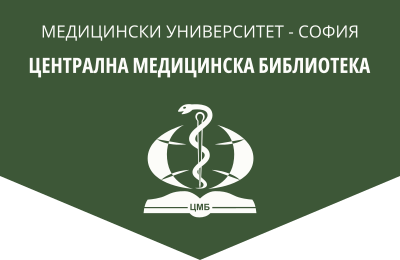BCCs development after intake of potentially nitrosamine contaminated antihypertensives/antiarrhythmics: links to exogenously triggered nitrosogenesis/carcinogenesis and oncopharmacogenesis
Medical Review (Med. pregled), 2024, 60(6), 61-68.
S. Kordeva1, S. N. Nasir2, G. Tchernev1,3
1 Onkoderma – Clinic for Dermatology, Venereology and Dermatologic Surgery
2 Medical doctor, Madrid, Spain
3 Department of Dermatology and Venereology, Medical Institute of Ministry of Interior – Sofia
Abstract. Keratinocytic cancers, particularly basal cell carcinoma, remain as the most prevalent type of skin cancer in the white population, experiencing a global increase in incidence rates each year. The interaction between UV-radiation, the phenotype and genotype contributes to the etiopathogenesis of the condition. However, newly emerged data in recent years has raised serious questions about the current understanding of the pathogenesis of skin cancer. Recently, in the forefront, oncopharmacogenesis has emerged as the primary event behind the cancer development, particularly skin cancer. Most of the nitrosamines are potent carcinogens. A large amount of data, ranging from single case reports to large-scale retrospective studies, has shown the significant connection between the nitrosamines and the onset of skin cancer. Considering 1) the carcinogenic potency, 2) relatively short manifestation of tumors post-initial drug intake, and 3) the development of rather uniform types of cancer, it can be concluded that nitrosamine contamination in the medications has a key role in the pathogenesis of skin cancer. Dealing with Nitrosamine Drug Substance-Related Impurities (NDSRIs) introduces challenges due to the uncertainty about the specific effects of each ingredient within the medical product, making it difficult to discern whether they have mutagenic, carcinogenic, or both effects. We report a case series consisting of 3 non-related case reports, in which middle aged (in their 50-60s) patients developed basal cell carcinomas shortly after oral intake of potentially contaminated monoor combined therapies for arterial hypertension: irbesartan/hydrochlorothiazide, irbesartan; nebivolol; bisoprolol and propafenone. Except for the propafenone, the medications were administrated for 4-7 years (in the different case reports), a duration sufficient enough for the development of nitrosamine- induced skin cancer. Dermatosurgical management of the problematic lesions was successfully performed, resulting in a favorable esthetic outcome. The concepts of “Nitrosogenesis” and ʺOncopharmacogenesisʺ in skin cancer will be discussed, while reviewing the existing literature and offering additional perspectives on the current “skin cancer pandemic”. Our main focus is to raise awareness about the potential risk or “side effect” of developing keratinocyte cancer, due to the intake of potentially nitrosamine/NDSRIs- contaminated medications, particularly different types of antihypertensives (irbesartan, hydrochlorothiazide, nebivolol, bisoprolol) and antiarrhythmics (propafenone).
Key words: oncopharmacogenesis, drug related nitrosogenesis, BCC, nitroso-propranolol, nitroso-propafenone, nitroso-HCT, nitroso-Irbesartan, FDA
Address for correspondence: Prof. Georgi Tchernev, MD, e-mail: georgi_tchernev@yahoo.de, tel.: +359 885 588 424
